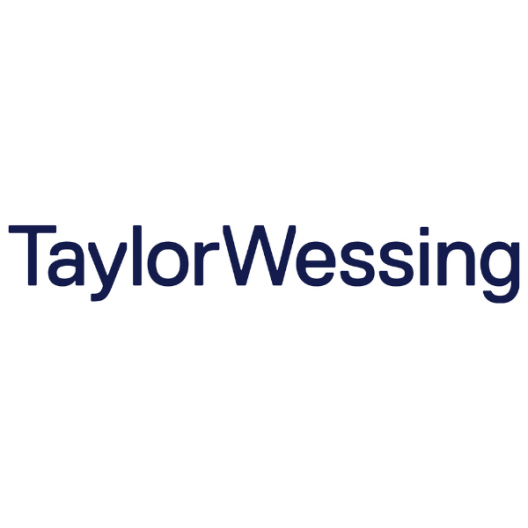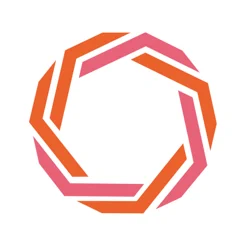
How to Create Better LGBTQ+ Inclusion and Accessibility in Sports
Resources
By Char Erskine, Senior Inclusion Manager and non-binary rep of Taylor Wessing's equaliTW network
I have always accessed team sports to improve my physical and mental wellbeing. It has also been a great way to meet new people and make friends as an adult, which is something I often hear my queer friends would like to experience. But I also recognise that sports can be intimidating for our community because of toxic stereotypes, barriers to facilities and fear of the unknown if you are trying something new. There are many ways that sports can be more inclusive and accessible for the LGBTQ+ community, and here are just a handful of suggestions:
Be explicit about your LGBTQ+ inclusion
To attract LGBTQ+ people to your sport, be specific about your intentions to be inclusive within your teams. Particularly if your sport needs to be grouped by gender, be clear about trans inclusion in your teams and where non-binary, genderfluid and gender-non-conforming folks can access your sport.
Similarly, it is important to be explicit about LGBTQ+ inclusion generally, as this serves as an invitation to the community and signifies that you are providing a safe space for us to get involved. Hosting an open session or some taster classes for community members to try out your sport is a great way to bring people in and demonstrate your inclusive values.
Be inclusive with your choice of facilities and equipment
Ideally, you should have access to facilities where people of all genders and orientations can prepare for training, games or competitions comfortably. This might include providing gender-neutral changing facilities, providing sanitary products and bins in all toilets, and working with any third-party providers to ensure they can facilitate this for you.
If your sport requires protective equipment or kit that is typically gendered, provide a variety of options and do not make assumptions about who will use which pieces.

Create inclusive policies and codes of conduct
I think it's important for all sports teams to have anti-bullying policies and a code of conduct, so participants know how they are expected to behave. Being specific within these policies about zero-tolerance to homophobia and transphobia (plus racism, sexism, etc.) creates that extra layer of safety for the LGBTQ+ community and signposting the ways that any unacceptable behaviour can be reported should be included in those policies.
Facilitate inclusion training for your members
Although sports can be very informal and casual in the way we engage with our teams, it doesn't mean that organisations are exempt from being educated on inclusion for the sake of their members. Consider some education and training around LGBTQ+ inclusion as part of the safeguarding that you need to be a responsible team. Taking some time to learn about being a more inclusive coach or team member, shows tangible commitment to LGBTQ+ inclusion in your space.
Challenge banter
One of the intimidating aspects of sports environments can
be the chants and the banter that might be offensive to people within the
LGBTQ+ community. Perhaps a code of
conduct for your supporters and fans can be used to reinforce that you are an
LGBTQ+ inclusive team and have a zero-tolerance for offensive chants and slurs.
Inclusion training and a code of conduct for your members (mentioned above) can also signify that offensive banter within team training and social environments is also unacceptable, so your LGBTQ+ members know that they will not be in spaces where they will hear harmful language.
Host consciously inclusive social activities
Being part of a sports team can often bring us to new social
environments that follow games or training sessions. For the benefit of everyone (not just your
LGBTQ+ members), be consciously inclusive with your choice of social activities
and vary the type of socials that you organise.
A stereotype of the LGBTQ+ community is that our spaces are focused on alcohol
and partying, but we are increasingly investing in a variety of community
spaces, including sober spaces.
You should also be conscious of how inclusive your chosen social spaces are of LGBTQ+ people more generally, to ensure your socials are an extension of the safe space that you are creating as a sports team.
Visibly celebrate and support the LGBTQ+ community
Be loud and proud as a supporter of the LGBTQ+
community. If you are putting in the
work to be more inclusive and seeing more LGBTQ+ people join your sports teams,
then you have the right to celebrate your progress. Whether it's a rainbow armband, rainbow laces
or hosting a Pride event for your members, you should feel that you can
celebrate the diversity of your coaches, players and supporters throughout the
year.
Positive visibility of LGBTQ+ people within sports on a
community, national and global scale is something that we would all like to see
more of. Whether you are an LGBTQ+ ally,
or an LGBTQ+ sportsperson, your visibility could inspire someone new within our
community to step off the side-lines and get involved too.

